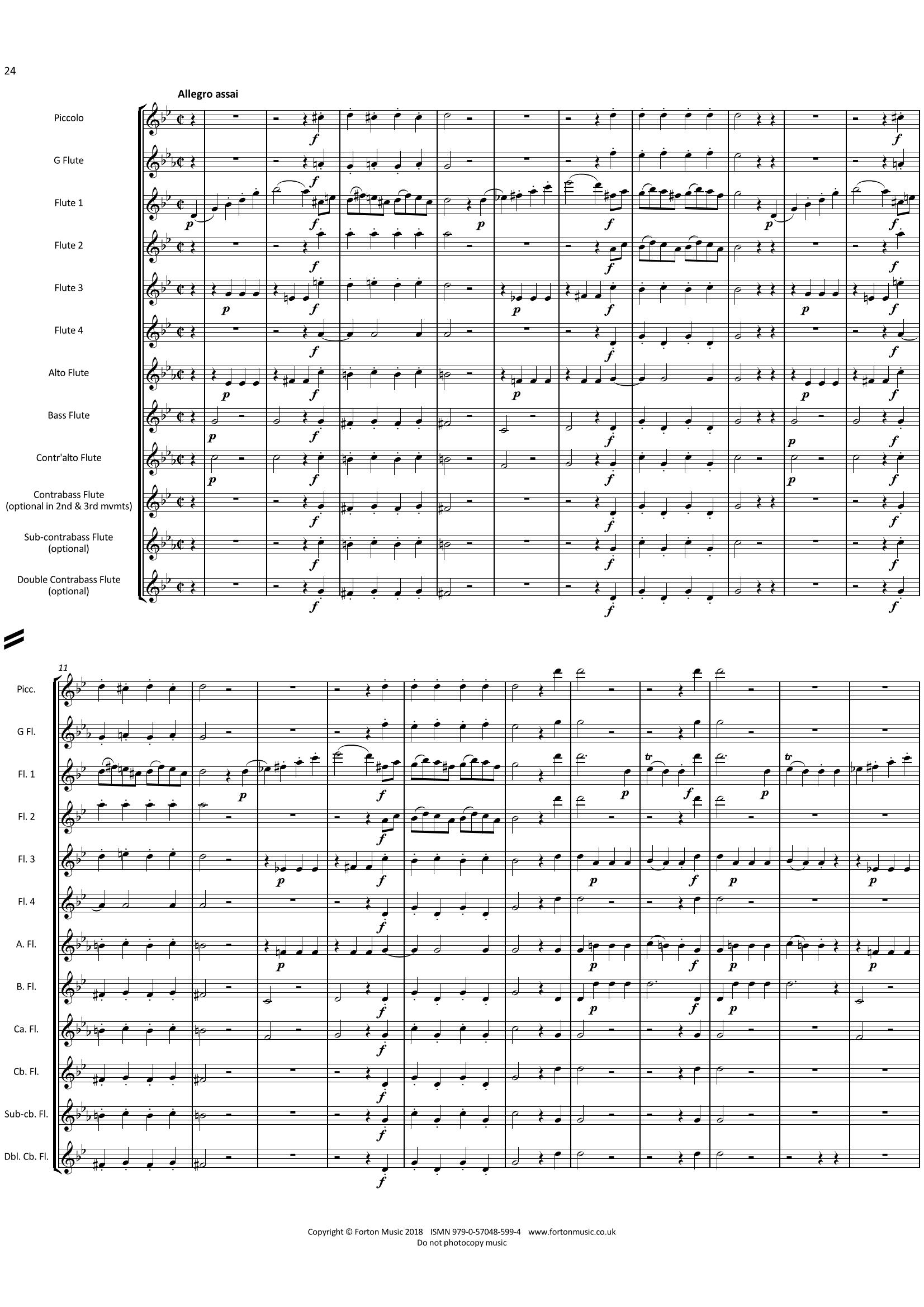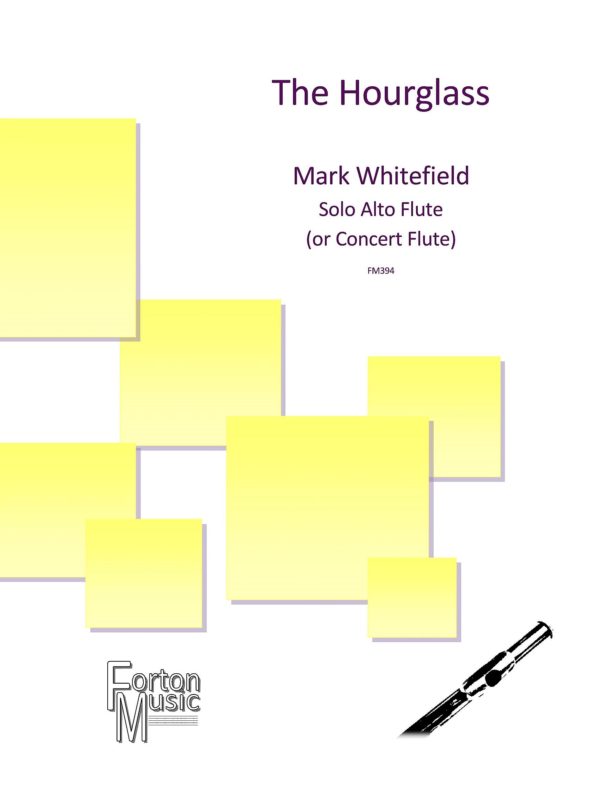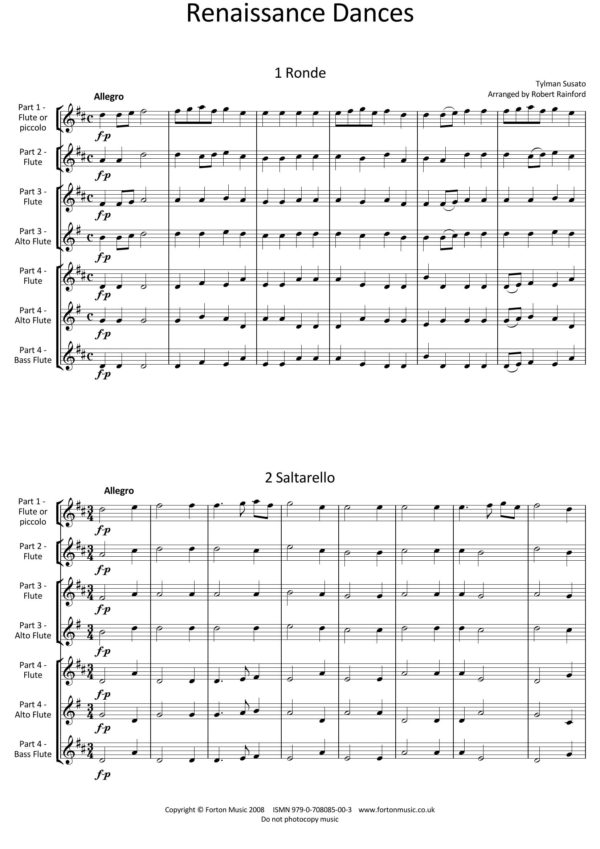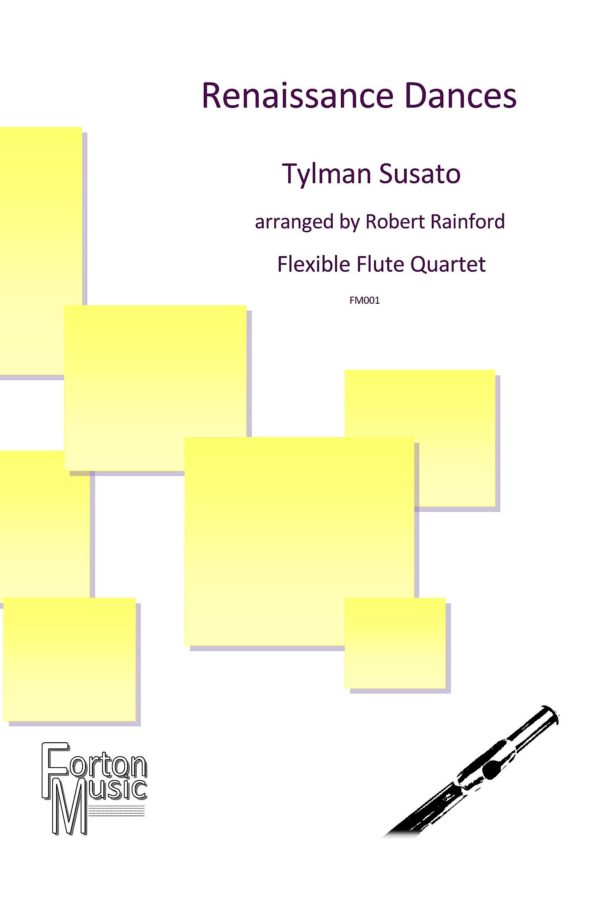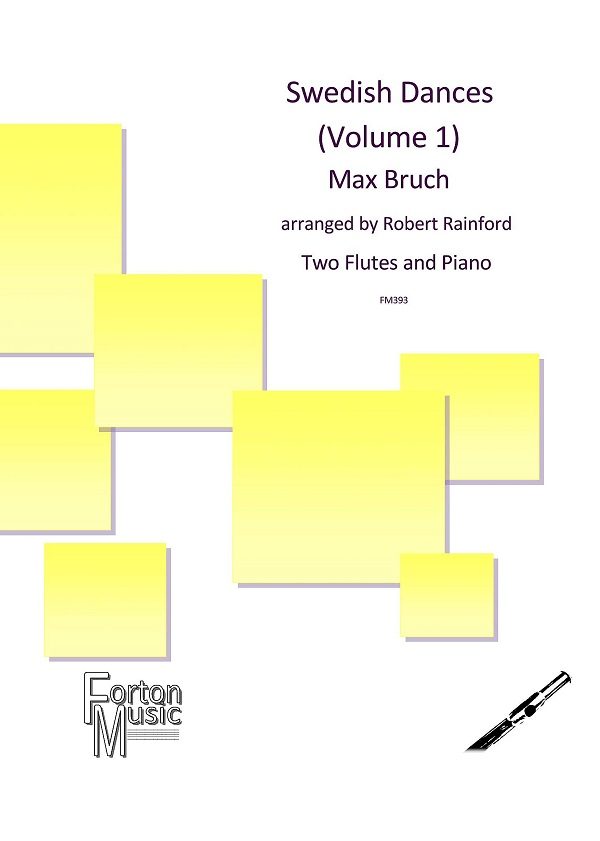Click the links below to hear each movement.
Symphony No. 40 K550
Price range: £22.50 through £30.00
Description
Little is known about the circumstances behind this symphony, one of the last Mozart composed. He composed his last three symphonies in the summer of 1788, possibly intending them to be a series, but there is no evidence so far of a commission. This symphony was updated to include clarinet parts, which does imply it was performed at least once in his lifetime, but there are no traces of this performance to be found. It coincides with a time at the end of Mozart’s like when his popularity in Vienna was fading, and he was struggling both financially and with his marriage. This has been said to have influenced this symphony in particular, with it’s minor key and Sturm und Drang feeling of heightened emotions.
The first movement seems agitated right from the start, with the pulsing accompaniment under the now famous nervous theme with it’s repeated motif opening. The second theme is in the calmer key of B flat major, but elements of the first nervous theme keep encroaching on the serenity. This leads us back to the main theme which is taken through a series of tense modulations before the end of the movement.
The second movement starts with a stately theme, but this is soon disrupted by falling ‘sighing’ demisemiquaver figures that pass through all parts. The harmony also becomes increasingly taut, with much use of suspensions building tension throughout the movement, before a calmer resolution brings the music to a close.
The third movement is the traditional Minuet and Trio, but instead of the usual light, dance-like music, Mozart remains in the key of G minor, giving the music a stern, almost forbidding feel. The trio in the relative major key provides a lighter feel, but the recap of the minuet with it’s minor key and polyphonic textures ends the movement on a more sombre note.
The final movement harks back to the feeling of the opening movement, with it’s dramatic, chromatic rising arpeggios and scurrying quaver figures. Even the second subject has chromatic twists which increase the the tension and emotion. This is put through a staggering variety of keys in the development which pits the low parts agains the high ones. Every part contributes the the counterpoint in this stunningly inventive and forward looking piece of music.
This arrangement has been conceived along the lines of our other arrangements of great symphonies. It is complete and unabridged, and in the original keys. The first and last movements use the full forces of the extended flute family, with optional parts for G treble, contralto and the biggest of all the flutes. The middle two movements are reduced to a four part texture, with flutes 1 and 2 playing together, and flutes 3 and 4 playing together, all supported by alto flute and bass flute, with an optional contrabass flute part. This means that the middle movements may be rehearsed separately by a smaller group, leaving the full group to focus on the outer two movements. The parts are graded in difficulty, with 1st flute being the hardest and 4th flute being the easiest. All parts do contribute to the music though. It is hoped that this arrangement, along with the others in the series will bring this well known piece of music in to the reach of more flautists.
Additional information
| composer | |
|---|---|
| instrumentation | |
| skill-level | |
| Select an Option | |
| arranger | Robert Rainford |





